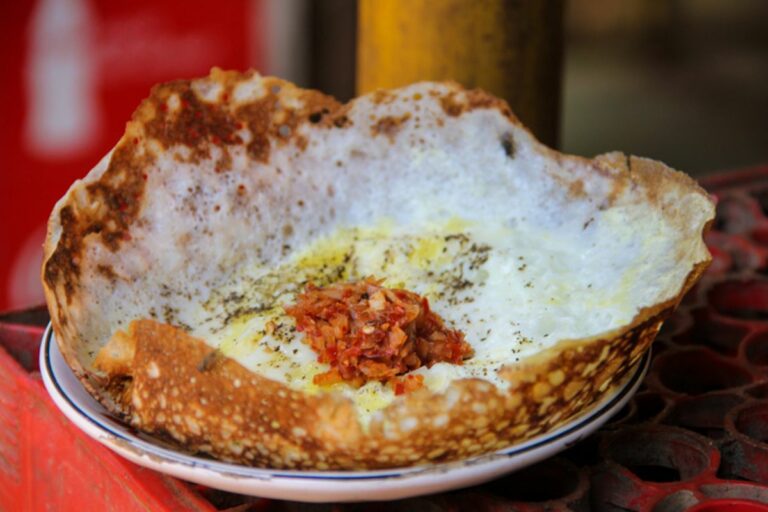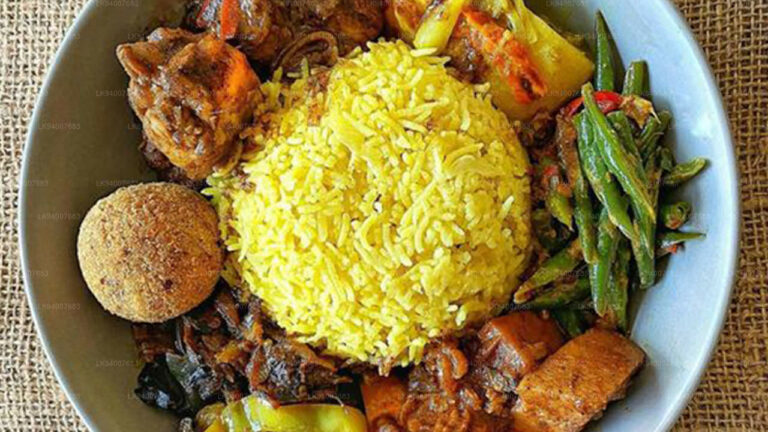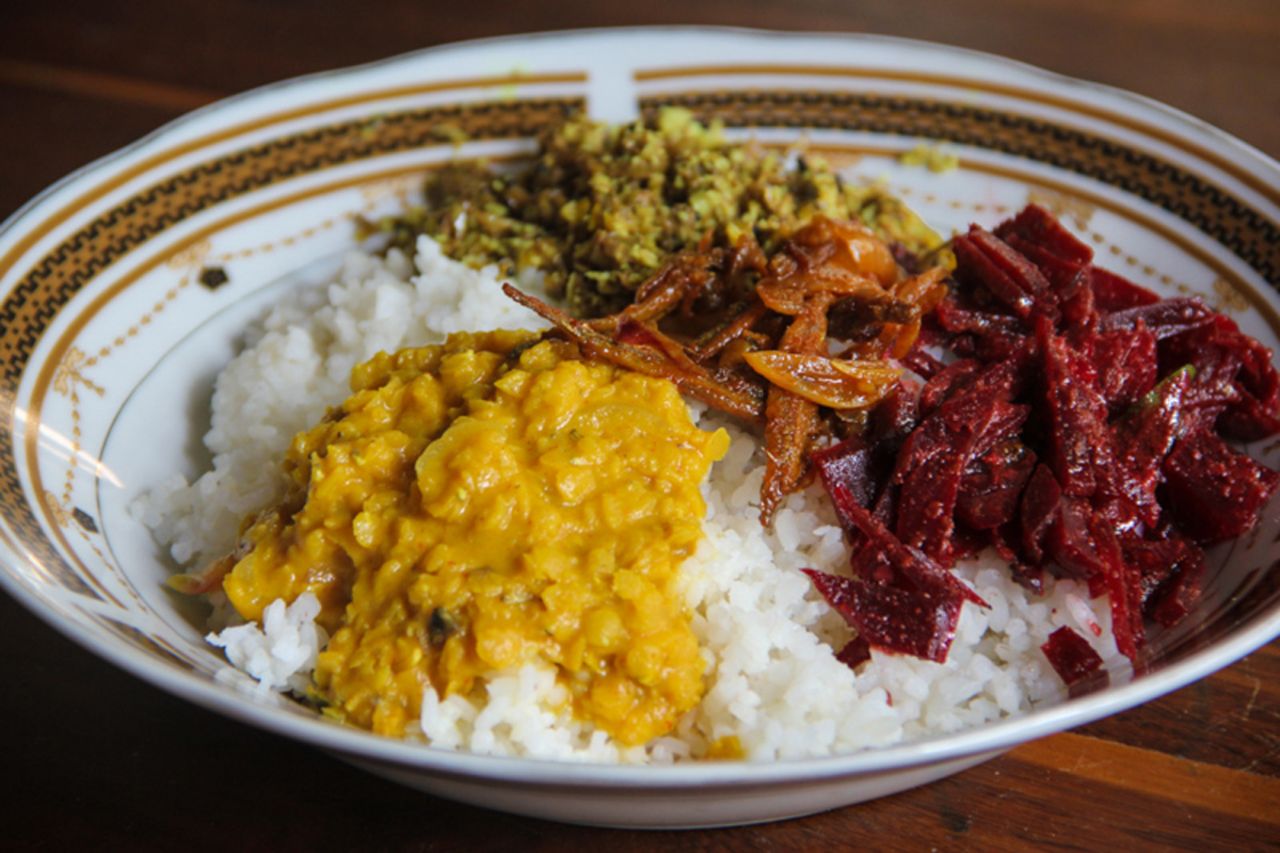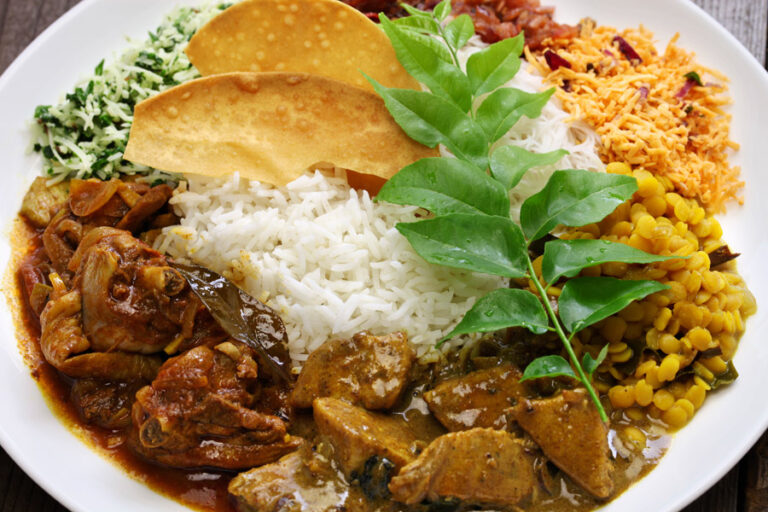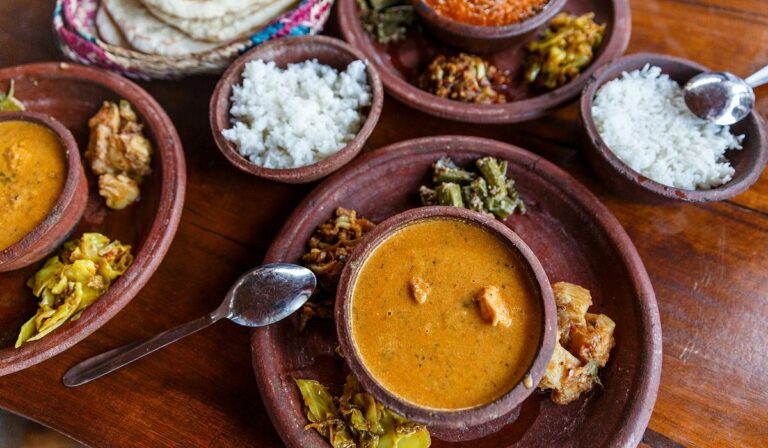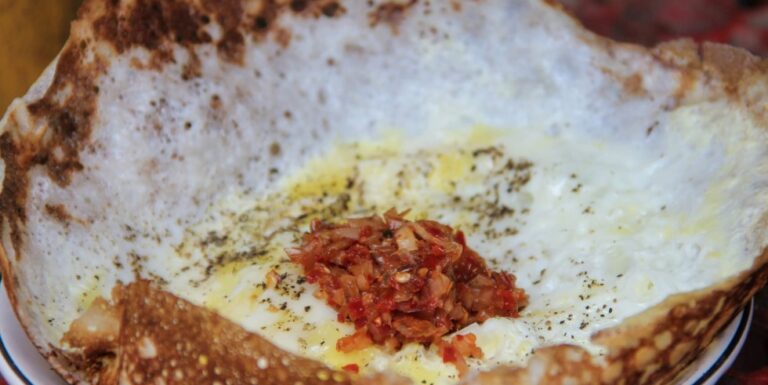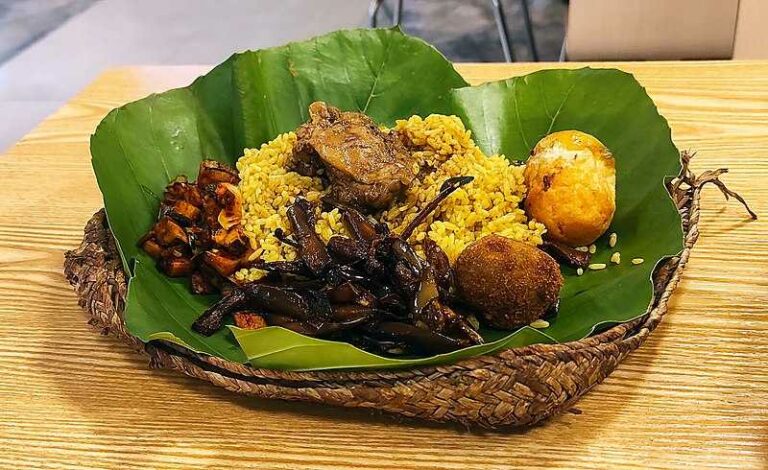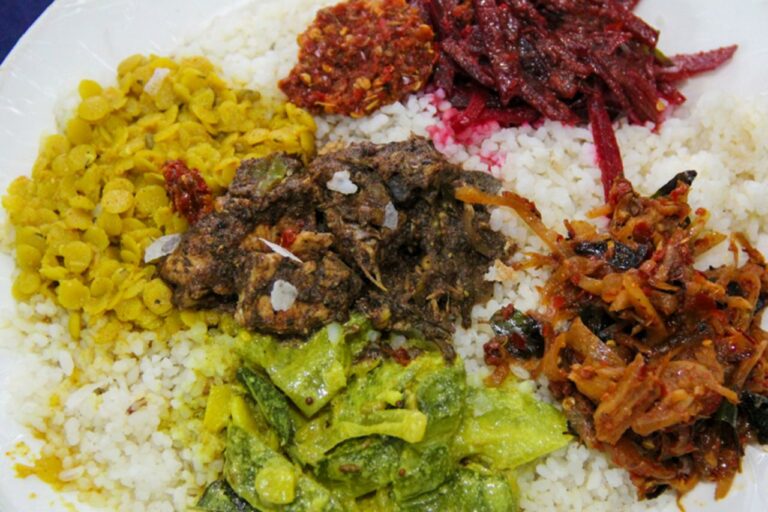Introduction
Sri Lanka is known as one of the world’s largest tea producers. Tea is an integral part of Sri Lankan culture and economy, and the country is famous for producing the finest quality tea. Sri Lankan tea is exported to more than 90 countries around the world, and it has won numerous awards in international competitions. In this article, we will explore some of the most famous Sri Lankan tea varieties.
Ceylon Black Tea
Ceylon black tea is the most popular tea variety in Sri Lanka. It is grown in the highlands of Sri Lanka, and its unique flavor and aroma are attributed to the country’s climate and soil. Ceylon black tea is known for its strong, full-bodied flavor and dark color. It is often consumed with milk and sugar and is a staple in many households. Ceylon black tea is also used in tea blends, such as English Breakfast tea, which is a popular blend around the world.
White Tea
White tea is a rare and expensive tea variety that is grown in the highlands of Sri Lanka. The tea leaves are picked before they fully develop and are then withered and dried using specialized techniques. White tea has a delicate flavor and aroma and is known for its health benefits. It is high in antioxidants and is believed to help boost the immune system and reduce the risk of certain diseases. White tea is often consumed without milk or sugar to fully appreciate its natural flavor.
Green Tea
Green tea is another popular tea variety in Sri Lanka. It is made from unfermented tea leaves and is known for its light and refreshing flavor. Green tea has numerous health benefits, including boosting metabolism, reducing the risk of heart disease, and improving brain function. It is often consumed without milk or sugar and is a popular choice for those looking for a healthy beverage option.
Oolong Tea
Oolong tea is a semi-oxidized tea variety that is grown in the highlands of Sri Lanka. It has a unique flavor and aroma that is often described as fruity and floral. Oolong tea is known for its health benefits, including boosting metabolism and reducing the risk of heart disease. It is often consumed without milk or sugar and is a popular choice for those looking for a flavorful and healthy beverage option.
Flavored Tea Blends
Sri Lanka is also known for producing flavored tea blends. Flavored tea blends are made by blending different tea varieties with natural flavors such as fruits, flowers, and spices. Some popular Sri Lankan flavored tea blends include Earl Grey (black tea with bergamot oil), Masala Chai (black tea with spices), and Jasmine Green Tea (green tea with jasmine flowers). Flavored tea blends are a popular choice for those looking for a unique and flavorful tea experience.
In conclusion, Sri Lanka is home to some of the world’s finest tea varieties. Ceylon black tea, white tea, green tea, oolong tea, and flavored tea blends are just a few examples of the many tea varieties that Sri Lanka has to offer. Whether you’re a tea enthusiast or just looking for a healthy beverage option, Sri Lankan tea is definitely worth exploring.


